Amsterdam in full bloom
AMSTERDAM — I was not expecting to fall in love with Amsterdam again. After all, it was my third visit to the Dutch capital, and I figured I had pretty much seen all the main sights and sounds the city had to offer.
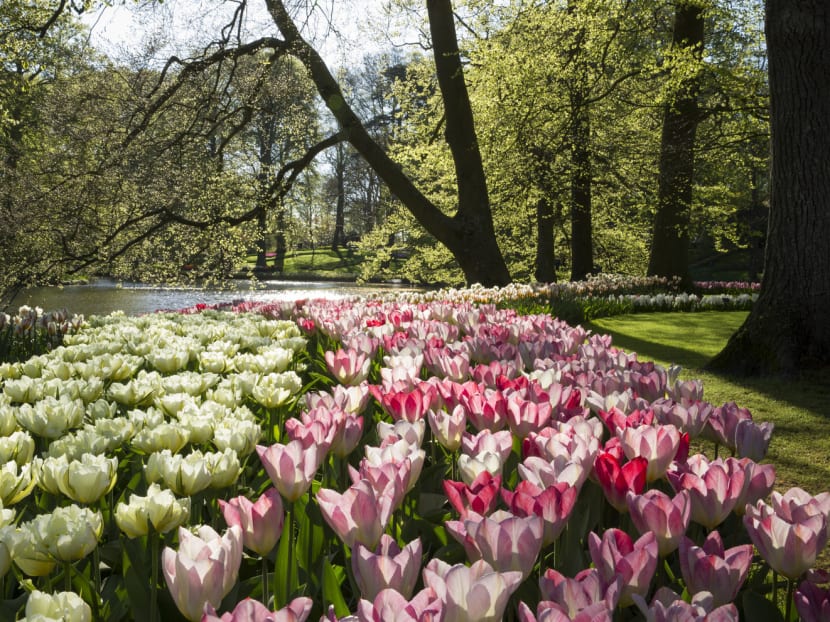
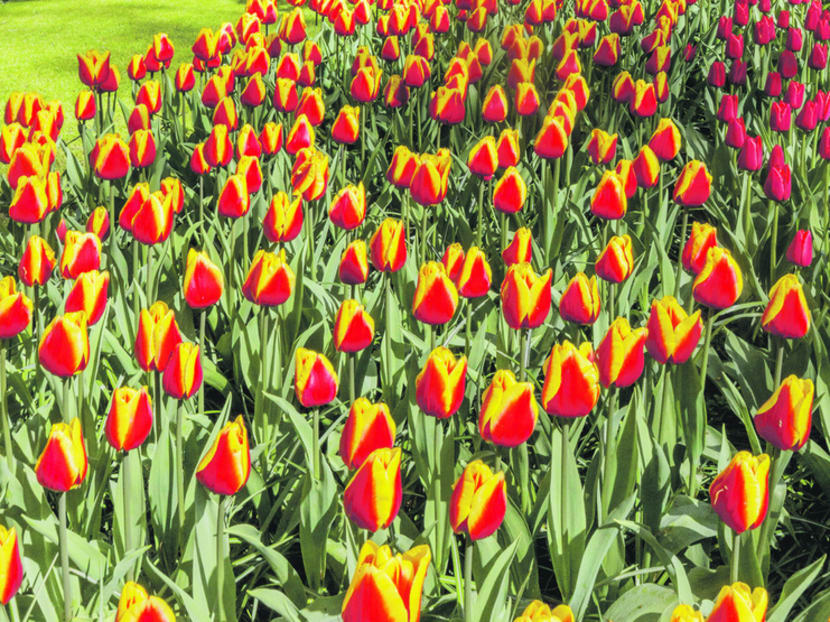
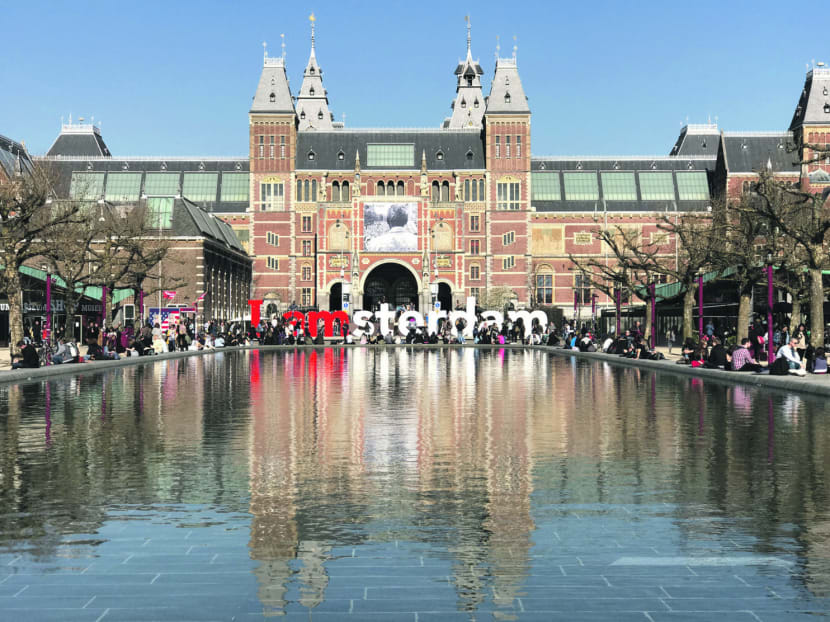
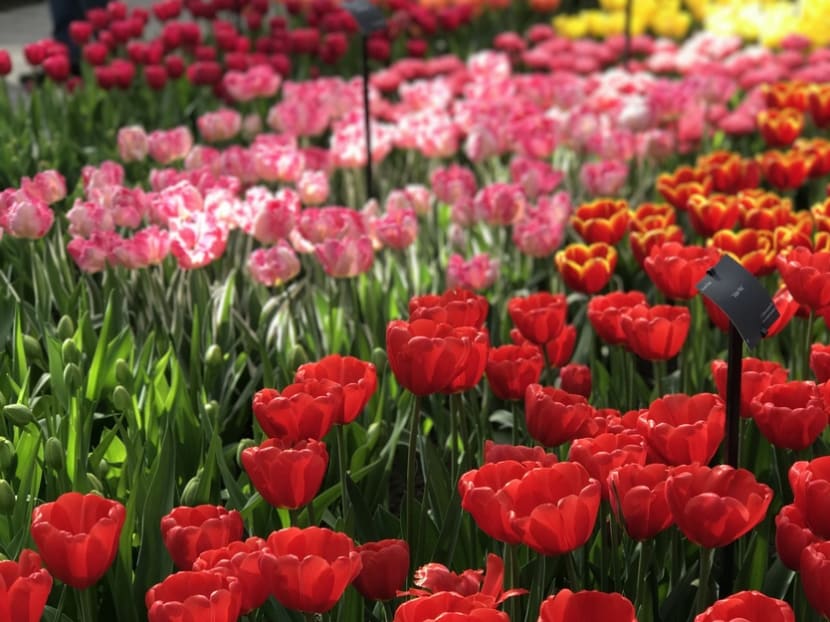
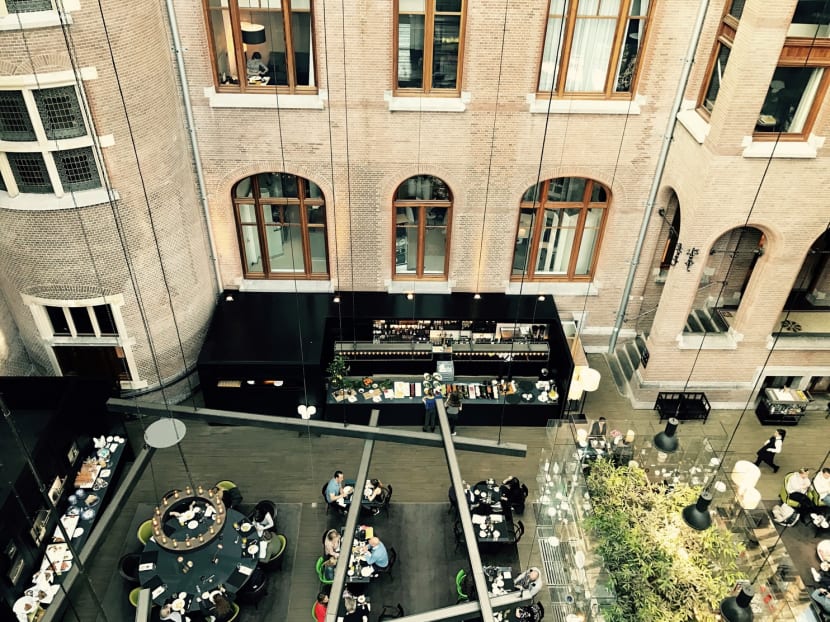
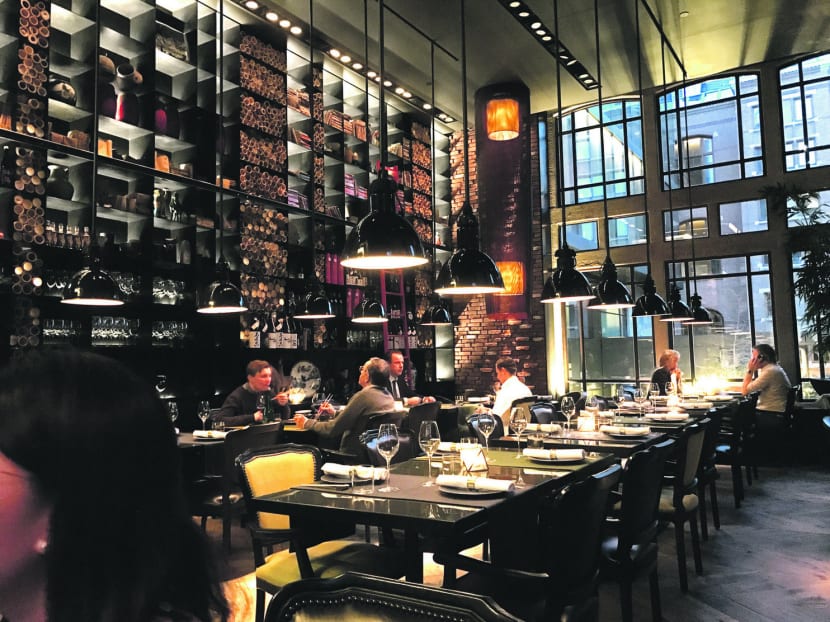
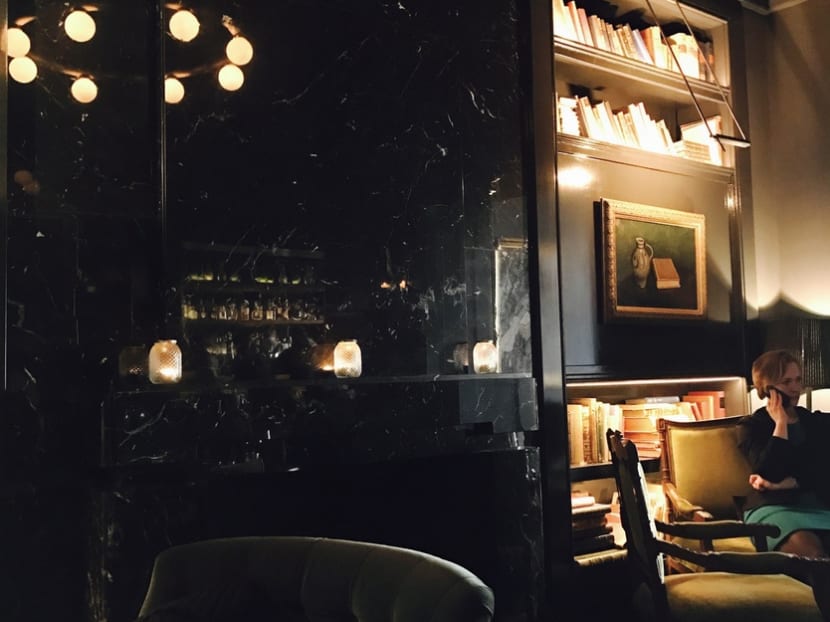
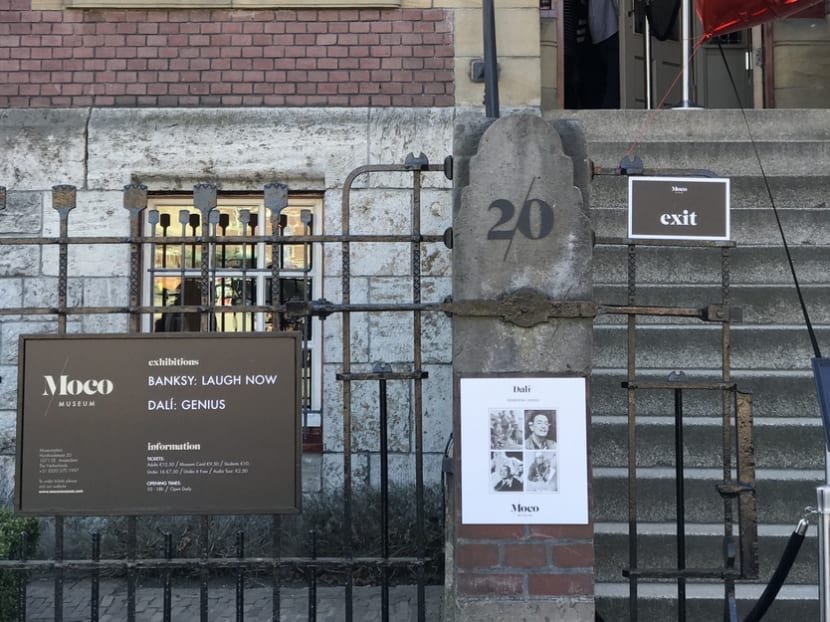
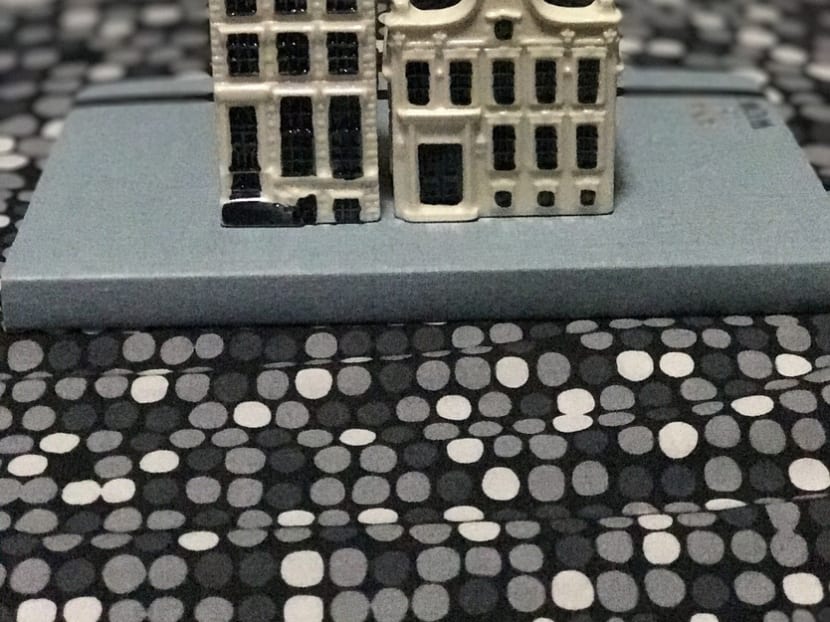
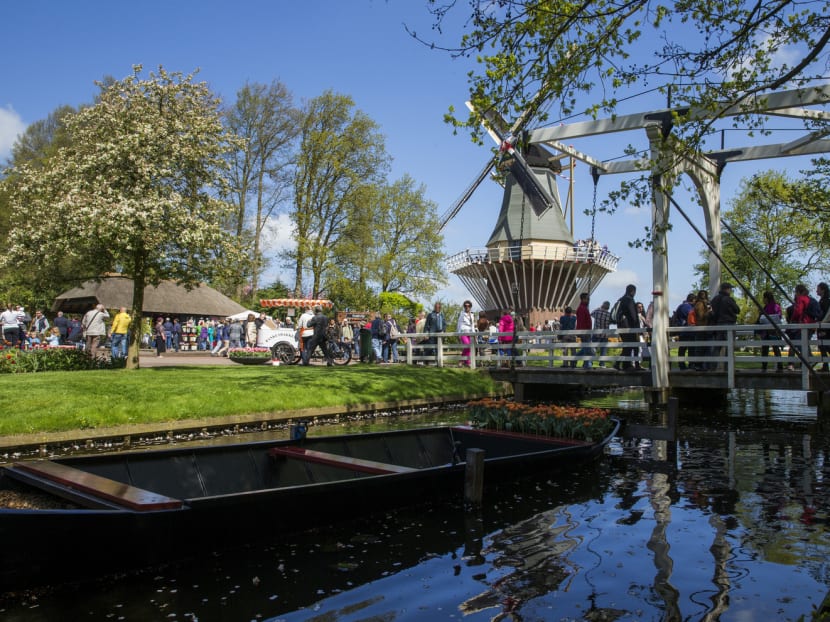
AMSTERDAM — I was not expecting to fall in love with Amsterdam again. After all, it was my third visit to the Dutch capital, and I figured I had pretty much seen all the main sights and sounds the city had to offer.
Canals, canal houses, folks on bikes, and bakeries selling apple tarts and poffertjes — I had seen them all.
Also, this latest trip was meant to be a short stopover, so I did not think there was much I could cover, even if I made the effort. How wrong I was.
I arrived very early on a Sunday morning, which already presented a different side of Amsterdam to me.
The city was serene and still — a change from coming in, in the middle of the day and travelling from the airport by train to the Amsterdam Centraal station. Then, thronging holidaymakers would be in raucous party mode.
This time, I was able to drive through quiet streets and appreciate the majesty of old buildings such as the Royal Concertgebouw (concert building) and the Rijksmuseum, minus the noisy crowds. The Rijksmuseum is where one of the famous “I Amsterdam” letters is located, and is the perfect set-up for that touristy photo-op.
My hotel, the Conservatorium, was a stellar example of how history and modernity co-mingle in the city. Now a luxury hotel and the toast of the town (the city-siders love the high tea served at its gorgeous, glass-roofed Brasserie), the structure was purchased in 1897 to house the Rijkspostspaarbank and then, later, a music school, The Sweelinck.
The hotel still maintains ties with the school, sponsoring free concerts and recitals by the students in its small but acoustically minded music hall. Indeed, a jazz orchestra was setting up on the morning I checked in, and the well-dressed people in attendance were enjoying refreshments and admiring the fresh flowers in the hotel’s beautiful foyer before the show began.
Blossoms at the KEUKENHOF
Speaking of flowers, the spring season puts a spring in the step of many visitors (myself included) to the Netherlands.
The air is crisp and fresh, yet still chilly enough to warrant a light coat or shawl, and hundreds of thousands of people the world over (the Dutch making up a measly 20 per cent of them, surprisingly) made a beeline to see the tulips at the Keukenhof garden in Lisse, which is just a 20-minute car ride from Amsterdam.
Long considered a Dutch mainstay, the resilient tulip is actually not Dutch at all, but comes from Iran, Central Asia and northern China by way of Turkey.
This was slightly disappointing news to me. Regardless, it was the Dutch who elevated the tulip to the iconic flower it is today, growing and replanting the bulbs in a tedious labour of love.
Once upon a time, tulips were even as prized as gemstones or currency by members of the aristocracy, which led aspirational villagers and farmers to speculate on the value of the flower bulbs, selling off their livestock, land and even homes in order to invest in them on paper.
Long story short — the bubble burst and the tulip eventually became prized only for its temporary beauty.
The Keukenhof pays tribute to this fact in a most befitting manner.
The park is only open for eight weeks a year, precisely when the flowers come into bloom. It is not just tulips that take centre-stage — early-bird visitors like me were also treated to a profusion of crocuses, narcissi and even cherry blossoms spread all over the 200 ha space.
Besides the fields of flowers, there are also 11 “inspiration gardens”, including a proposal nook (complete with a lovers’ pavilion and vintage Vespa on display) as well as typical Dutch-themed delights. These include the beloved cartoon rabbit Miffy’s hut (for younger visitors), a Delft Blue garden and a mini greenhouse, among others.
I also saw a traditional Dutch windmill, a petting zoo, and a flower-filled rowboat in a canal — and many other Instagram-worthy spots.
THE DUTCH MASTERS
My visit coincided with some notable art exhibitions that were happening in town. The Museo Moco was showcasing pieces from Banksy and Dali. At the Van Gogh museum, two early paintings, Congregation Leaving the Reformed Church in Nuenen and View of the Sea at Scheveningen, were on show. They had been stolen from the gallery 14 years ago, and were recovered recently.
I opted to visit the latter exhibition, having romanticised the artist Van Gogh for his tragic back story as well as his distinctive post-Impressionist style and bold, often-imitated brushwork.
I found the displays very engaging and easily accessible to anyone, young or old.
Visitors begin their journey into the Dutch artist’s life at the basement level of the glass-domed museum, working their way up to the top floor. Most will find that Van Gogh’s early works depicting country life are dark and slightly depressing — a far cry from his more familiar pieces like Sunflowers and Irises, in a bright palette that portrays joyful hope.
The museum also incorporates many of Van Gogh’s personal artefacts, including his original epistles to family members and famous artist friends, excerpts from his life that are far removed from the myths surrounding it (such as the reason he sliced off his own ear).
Chic Shops, Good eats
While I did not venture far beyond the ubiquitous 9 Straatjes (Nine Streets) of the central canal area, I found that quite a number of new shops and eateries had sprung up since my last visit in 2015.
There were many chic and typically European pop-up boutiques as well as Dutch and Scandinavian brands offering various goods.
They run the gamut from apparel by fashion label Scotch & Soda, to quirkily non-traditional Delft pieces from Blonde Amsterdam and the furniture store Hay — worth a visit to pick up souvenirs from its funky small goods line (unavailable in Singapore).
There are plenty of boutique hotels and bars along the main canals, namely Prinsengracht Canal, but I especially loved a property called The Pulitzer, a chic hotel housing a dark and cosy bar where fashionable punters pair cocktails with some excellent Bitterballen, a typical Dutch bar snack which is a round croquette that includes a cheese or meat filling.
In contrast, the light-filled Restaurant Jansz (also on the same property and named after a Dutch craftsman) is a pink-dappled thing of beauty, serving crowd-pleasing modern classics. Sundays are family-friendly there, so I saw a few young children clutching pink balloons and colouring sheets, enjoying an early dinner with their smartly dressed hipster parents.
A meal at one of the city’s best dining venes rounded off my Amsterdam trip. It was in Restaurant Taiko — the Conservatorium’s Asian-focused restaurant. I had the eight-course Omakase Menu, which included standout dishes such as uni panna cotta and jamon de wagyu, but it was its humble nigiri sushi that hit the spot. That offering was paired with rare sake and the restaurant’s own signature Taiko gin.
The service was particularly on point. Our table butler was duly solicitous but interacted playfully with us, asking us to identify the different types of fish in the sushi.
Amsterdam, then, gets a high score from me, thanks to its wealth of unexpected discoveries.





